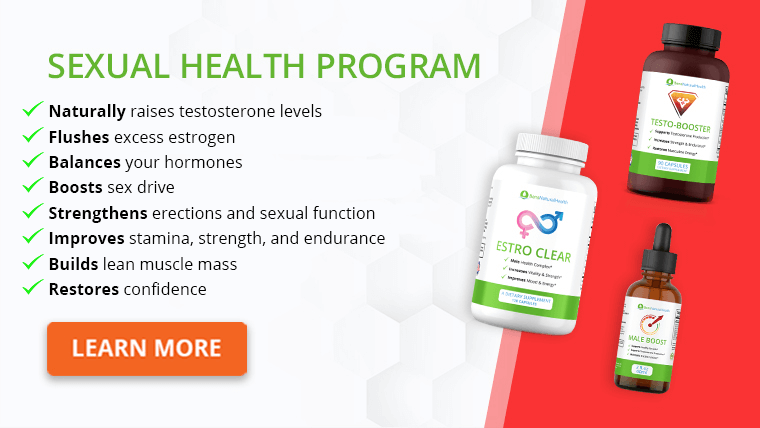If you are wondering what the difference is between an STD vs an STI, then you are probably not alone.
STI is the acronym for sexually transmitted infection, and STD stands for sexually transmitted disease.
In this article, we will discuss the similarities and differences between a sexually transmitted infection and a sexually transmitted disease to help you differentiate the two.
What’s the difference between an STI vs an STD?
An STI is an infection that has not developed into a disease. It may include infection with a virus, fungus, bacteria, or parasite (e.g., pubic lice).
Sexually transmitted infections usually get transmitted during sexual contact through body fluids exchange while there is an active infection.
Nonsexual activities during which there is an exchange of body fluids may also pass on STIs. For instance, people sharing needles may transmit HIV to each other.
On the contrary, STDs, or sexually transmitted diseases, are diseases resulting from sexually transmitted infections.
The term STD implies that the sexually transmitted infection has resulted in symptoms of the disease.
All sexually transmitted diseases begin as sexually transmitted infections.
Pathogens such as bacteria, viruses, or fungi enter your body and start multiplying. When they multiply to such an extent that they damage body structures or derange normal functions of the body, the STIs become STDs.
However, it is important to note that certain sexually transmitted infections may never progress into sexually transmitted diseases.

Similarities between STIs and STDs
The following are some of the similarities between an STI and an STD:
1) Same transmission
Both STIs and STDs are transmitted through sexual activity (intercourse).
2) Same risk factors
The factors that may make you more prone to get an STI and an STD are:
- Having unprotected sexual activity
- Having sex with multiple partners
- Having another STI
- Substance abuse
- Alcohol misuse
- Injecting drugs
3) Same prevention tips
The ways to prevent an STI and an STD are:
- Abstinence
- Having sex with one partner (who is uninfected)
- Getting vaccinated
- Using protection while having sex (dental dams and condoms)
- Avoiding excessive use of alcohol
- Avoiding drug abuse
How to know whether you have an STD or STI
According to the Centers for Disease Control and Prevention, the best way to know whether you have an STD or STI is to get tested every year if you are sexually active.
Furthermore, you should also get tested for an STI if:
- You have engaged in unprotected sex, especially with a new partner
- You have more than one sexual partner
- You’re pregnant
- You are worried about being exposed to a sexually transmitted infection
If an STI becomes an STD, it may produce symptoms. You should get tested if you notice the following symptoms:
- Rashes, bumps, or sores around or in the genital areas, anus, thighs, or buttocks
- Abnormal discharge from the vagina
- Discharge from the penis
- Unusual bleeding from the vagina or spotting after sex or between periods
- Burning or painful urination
- Pain in the lower tummy
- Pain during anal or vaginal sex
- Swollen or painful testicles
- Painful and swollen lymph nodes, particularly in the neck and groin area
- Itching in the genital area or anus
- Bleeding from the rectum
Get Your FREE Low Testosterone Diet Plan
- The ultimate testosterone boosting diet
- Combined with exercise & lifestyle advice
- Developed exclusively by our nutritionist
Examples of sexually transmitted infections
STIs are extremely common, with millions of fresh infections occurring each year in the United States.
- Chlamydia
- Gonorrhea
- Hepatitis B
- Genital and Oral Herpes
- Human Papillomavirus (HPV)
- Pubic Lice (Crabs)
- Scabies
- Syphilis
- Trichomoniasis (Trich)
- HIV
Examples of sexually transmitted diseases
The major sexually transmitted diseases include the following:
- Pelvic inflammatory disease (PID)
- Tertiary syphilis
- Genital warts
- AIDS
FAQs
No, STDs and STIs are two different things.
No. While people very frequently use the terms interchangeably, STDs and STIs are not the same thing.
According to the Centers for Disease Control and Prevention (CDC), the primary aim of public healthcare is to treat STIs before they lead to STDs.
Due to this, many healthcare organizations, including CDC, use the term STIs more often.
Yes, all sexually transmitted diseases start as sexually transmitted infections.
Conclusion
An STI refers to a sexually transmitted infection that is transmitted during sexual activity, usually during oral, vaginal, and anal sex.
STIs generally don’t produce any symptoms and can be treated with medicines before they produce symptoms.
An STD or a sexually transmitted disease is the stage when an infection damages the cells of the body to produce symptoms.
Both terms are used interchangeably by many health institutions, though there is a technical difference between the two.
Explore More








